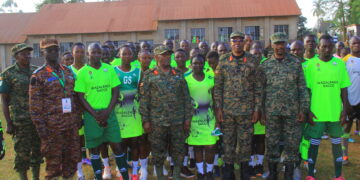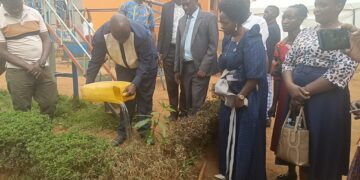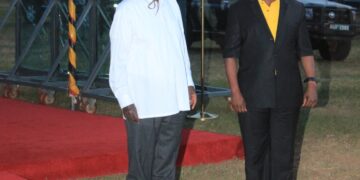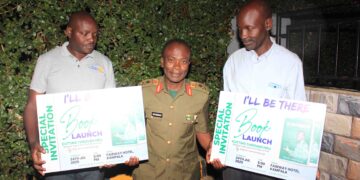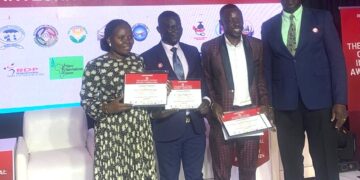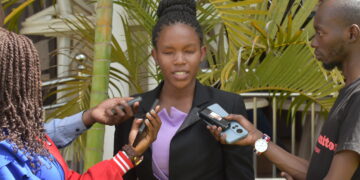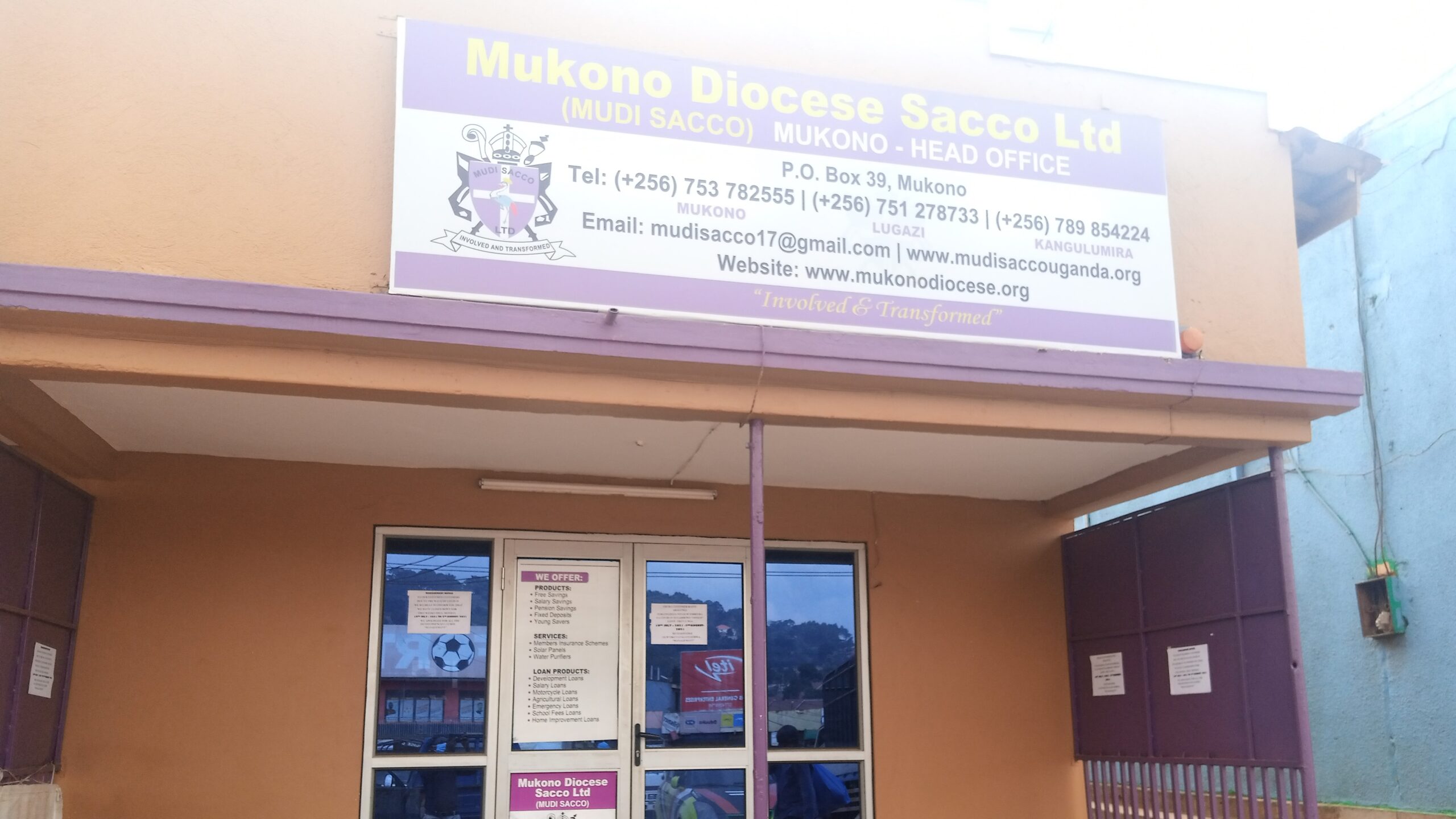Behind the Sickle Cell Clinic at Gulu Regional Referral Hospital, something unexpected is unfolding.
Amid the sterile hospital scent and hum of medical chatter, tables are covered in splashes of color — drawings of smiling suns, green-haired women, stick figures with wide grins, and children with their parents. But these are no ordinary doodles. They are acts of healing.
For 11-year-old George Opiro (not his real name), every brushstroke is a step away from pain.
Living with sickle cell disease — a condition that has punctuated his young life with hospital beds, needles, and endless checkups — art has become more than a pastime. It’s become his therapy.
“When I draw, I feel like I’m travelling to a dream destination,” Opiro whispers, his eyes fixed on a picture he’s working on — a child in a hospital bed, smiling.
Every Thursday, Opiro joins other children with sickle cell for art therapy sessions organized by Tackle Sickle Cell Africa, a Gulu-based nonprofit.
Known as the Art Ease Project, the program offers more than just creative distraction — it gives the children a sense of joy, connection, and emotional release amid the often-isolating reality of their disease.
Art as Medicine for the Soul
Sickle cell disease, especially in children, is brutal. In addition to excruciating pain episodes and life-threatening complications, the emotional toll is staggering — depression, anxiety, and low self-esteem are common but rarely addressed.
Derrick Mutatiina, Executive Director of Tackle Sickle Cell Africa, says the idea behind Art Ease is simple but powerful: if medicine heals the body, art can help heal the mind.
“You know due to frequent hospital visits, stigma, and physical pain, these children suffer mentally. We realized modern medicine alone wasn’t enough,” Mutatiina told Uganda Radio Network.
While patients wait for treatment, children gather to draw, paint, and share stories. The sessions are run by volunteer medical students who encourage kids to express their emotions — be it fear, anger, sadness, or hope — using colors instead of words.
“Art doesn’t take away the disease,” Mutatiina admits, “but it gives them a reason to smile. And sometimes, that’s just as important.”
A Mother’s Observation: ‘Less Pain When She’s Happy’
Sarah Itego, a mother whose son receives treatment at the hospital, says art therapy has changed their lives.
“When he is happy, he rarely gets into a crisis,” she shares. “It’s like the art sessions give him back some of the childhood that sickle cell tries to steal.”
For Lillian Akullu, a mother from Omoro District, the discovery was accidental. A year ago, she handed her daughter a notebook and pencil to draw their family dog. “I just needed a distraction for her while I took a nap,” she recalls. “But she kept giggling. That’s when I realized how calming it was for her.”
Her daughter was diagnosed at just 18 months. “Now I plan to buy her more drawing materials. If she’s calm and happy, then I am too,” Akullu says with a smile.
More Than a Distraction
The Acholi sub-region, where Gulu is located, bears one of Uganda’s highest burdens of sickle cell disease. From January 2024 to February 2025 alone, over 9,700 children were registered with the condition in the region — more than 2,000 in Gulu District alone.
In a healthcare system where mental health, especially for children with chronic illnesses, is often overlooked, the Art Ease Project is filling a vital gap.
“Sometimes, children can’t say how they feel, but they can show it with a drawing,” says Ashaba Savio, a medical student and volunteer with the program. “Art is their language.”
And the science backs it. According to research, children with chronic pain are four times more likely to suffer from mental health issues.
Art therapy has been shown to help develop coping mechanisms, improve self-esteem, and offer a safe outlet for emotional expression.
International programs in countries like Cambodia and the U.S. have successfully adopted art therapy for children with chronic illnesses — but in Uganda, initiatives like this are still rare. That’s why what’s happening in Gulu is so significant.
Restoring Childhood, One Drawing at a Time
Back in the clinic, Opiro leans in over his paper, adding a bright yellow sun to his hospital scene. Around him, other children laugh, share crayons, and paint futures full of hope.
Here, in this modest art corner behind the sickle cell clinic, a quiet revolution is underway — one where joy is medicine, crayons are tools of healing, and children like Opiro are not just patients, but artists reclaiming their stories.
“When I draw,” Opiro says again, “I forget that I’m sick.”
And in that moment, his art does what medicine sometimes cannot: it frees him.





